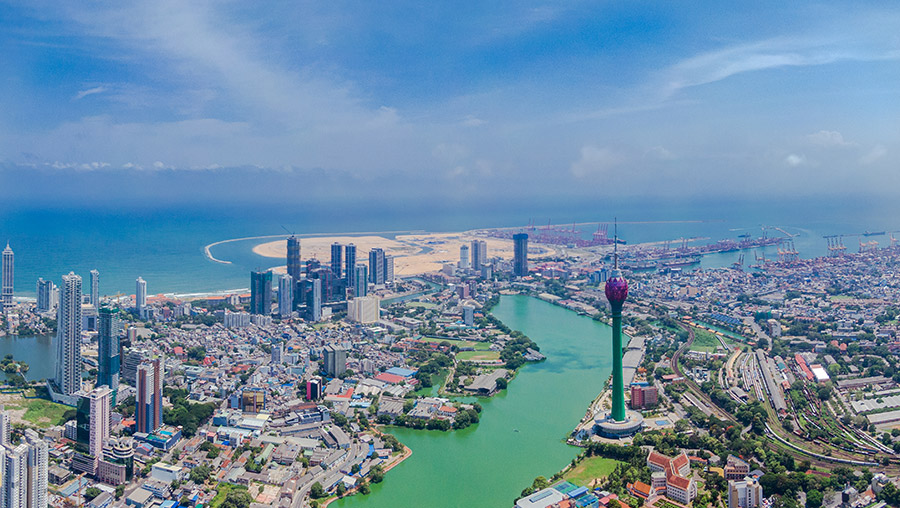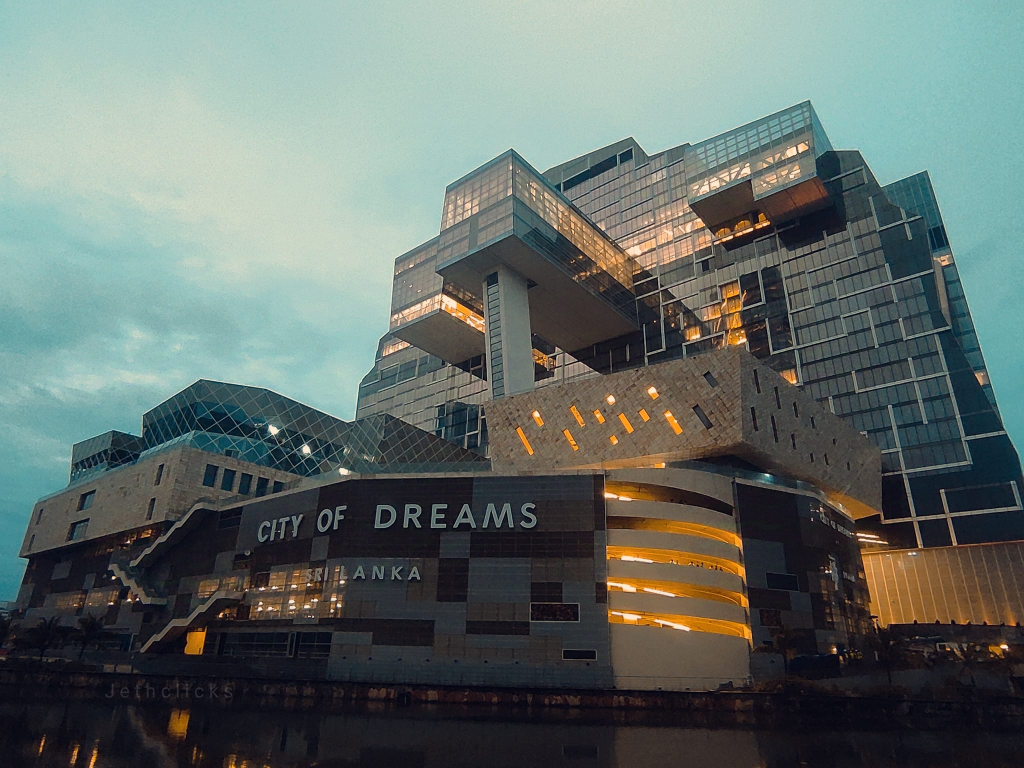
Sri Lanka is making a bold play to revive its flailing economy by transforming tourism into a cornerstone sector. Last year, tourism represented just 4% of GDP, but the government is now aiming to elevate that to a striking 10%. A new $1.2 billion integrated resort—City of Dreams Sri Lanka, a joint venture in Colombo between John Keells Holdings and Melco Resorts—is central to this strategy. The project is expected to pull in affluent tourists, particularly from India and China, with a target of 3 million arrivals in 2025, up from 2 million in the prior year.

New Regulatory Framework to Support Growth
To underpin this initiative, parliament has passed legislation establishing a dedicated Gambling Regulatory Authority. This independent body is tasked with licensing and overseeing casino operations, ensuring compliance with anti-money laundering standards, and structuring the rapidly evolving gaming sphere in Sri Lanka. While the authority lays a necessary foundation for industry confidence, experts caution that its effectiveness will depend on transparent, balanced implementation that doesn’t overconcentrate power or sideline tourism stakeholders.
A High-Risk, High-Reward Strategy
The tourism push—spurred by luxury gaming and regulatory overhaul—coincides with broader economic goals, including boosting GDP growth to around 4.5% this year, surpassing earlier projections. The strategy carries upside potential: increased foreign exchange inflows, job generation, and a renewed international profile. However, success hinges on managing social risks, mitigating gambling-related harms, and executing regulatory safeguards effectively. If executed well, Sri Lanka could emerge as a premium South Asian leisure destination; if not, the gamble may prove costly.

 Content Writer: Janice Chew • Thursday, 25/08/2025 - 00:27:43 - AM
Content Writer: Janice Chew • Thursday, 25/08/2025 - 00:27:43 - AM